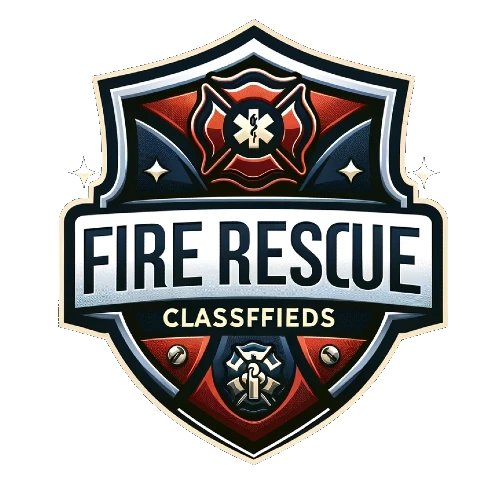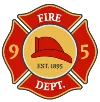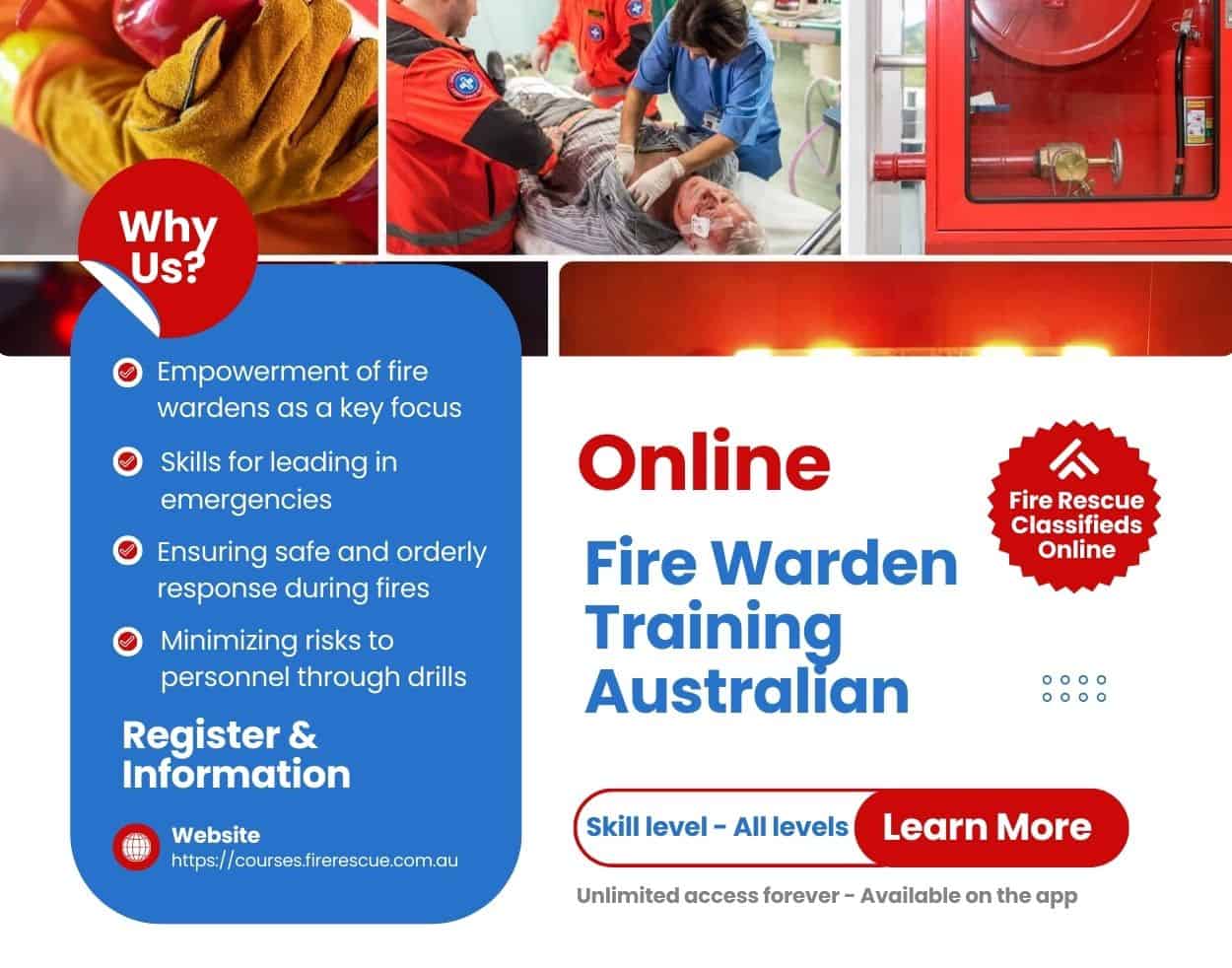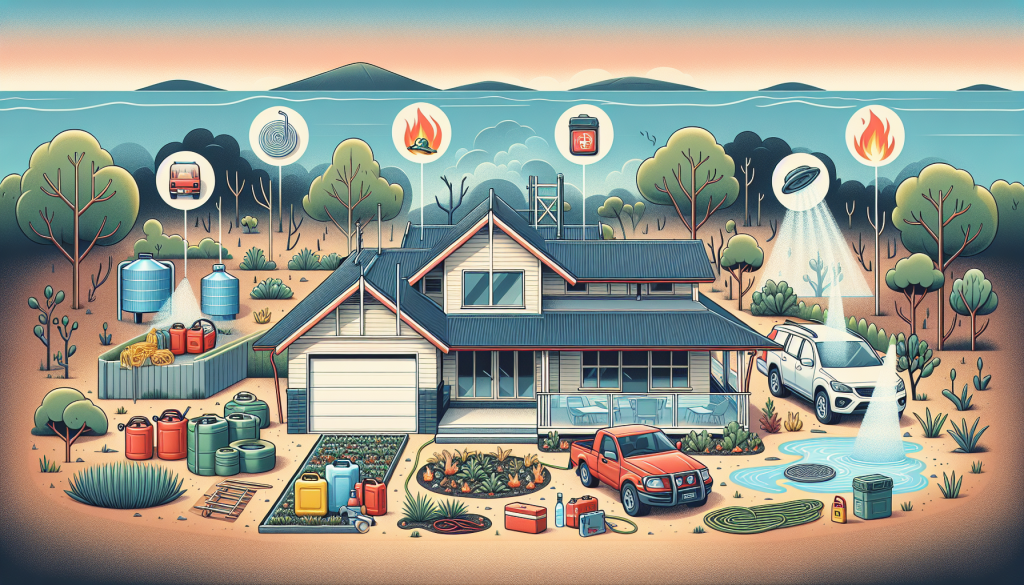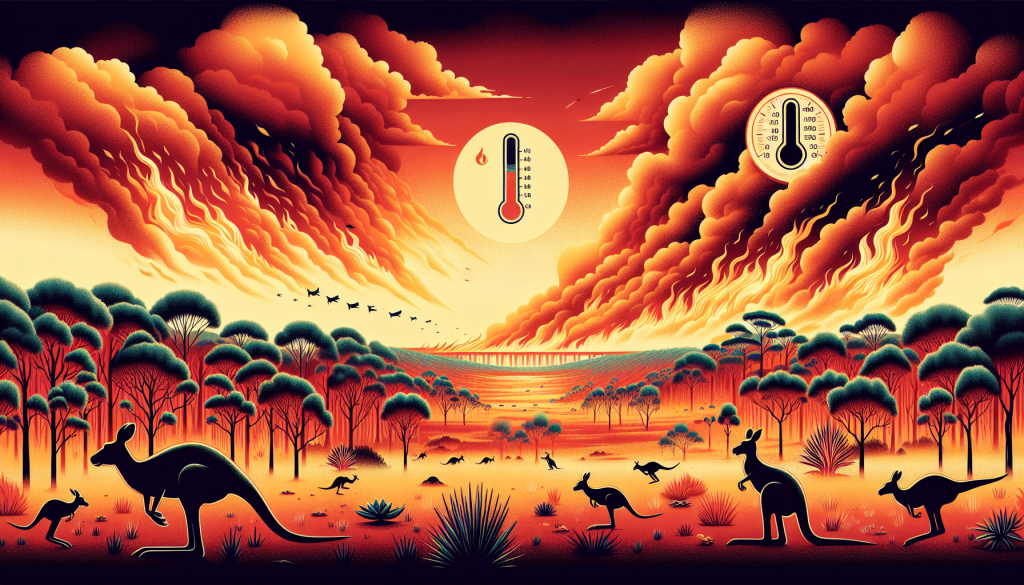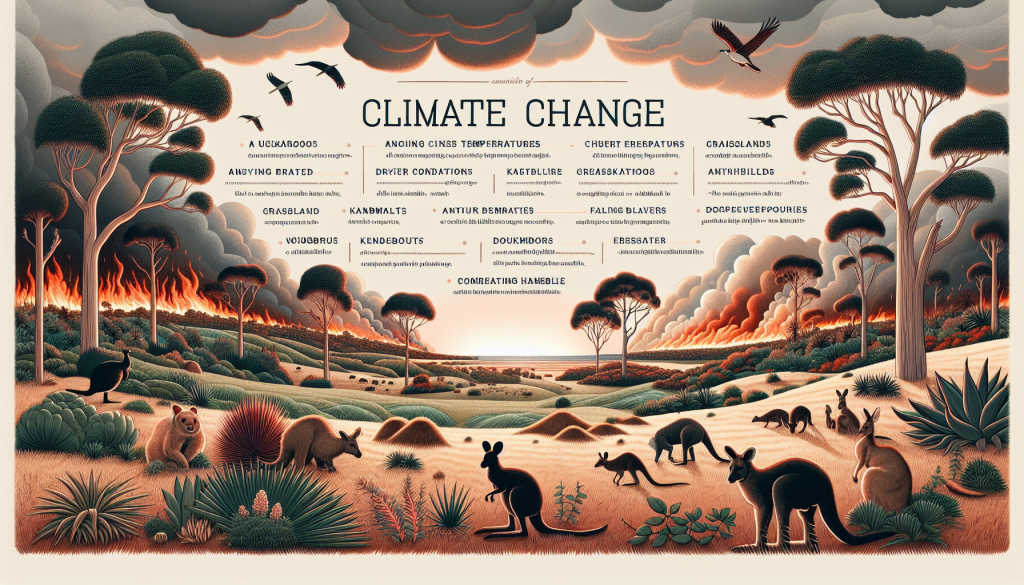Now Reading: Fire Danger Ratings Today: Know Your Risk Across Australia
- 01
Fire Danger Ratings Today: Know Your Risk Across Australia
Fire Danger Ratings Today: Know Your Risk Across Australia
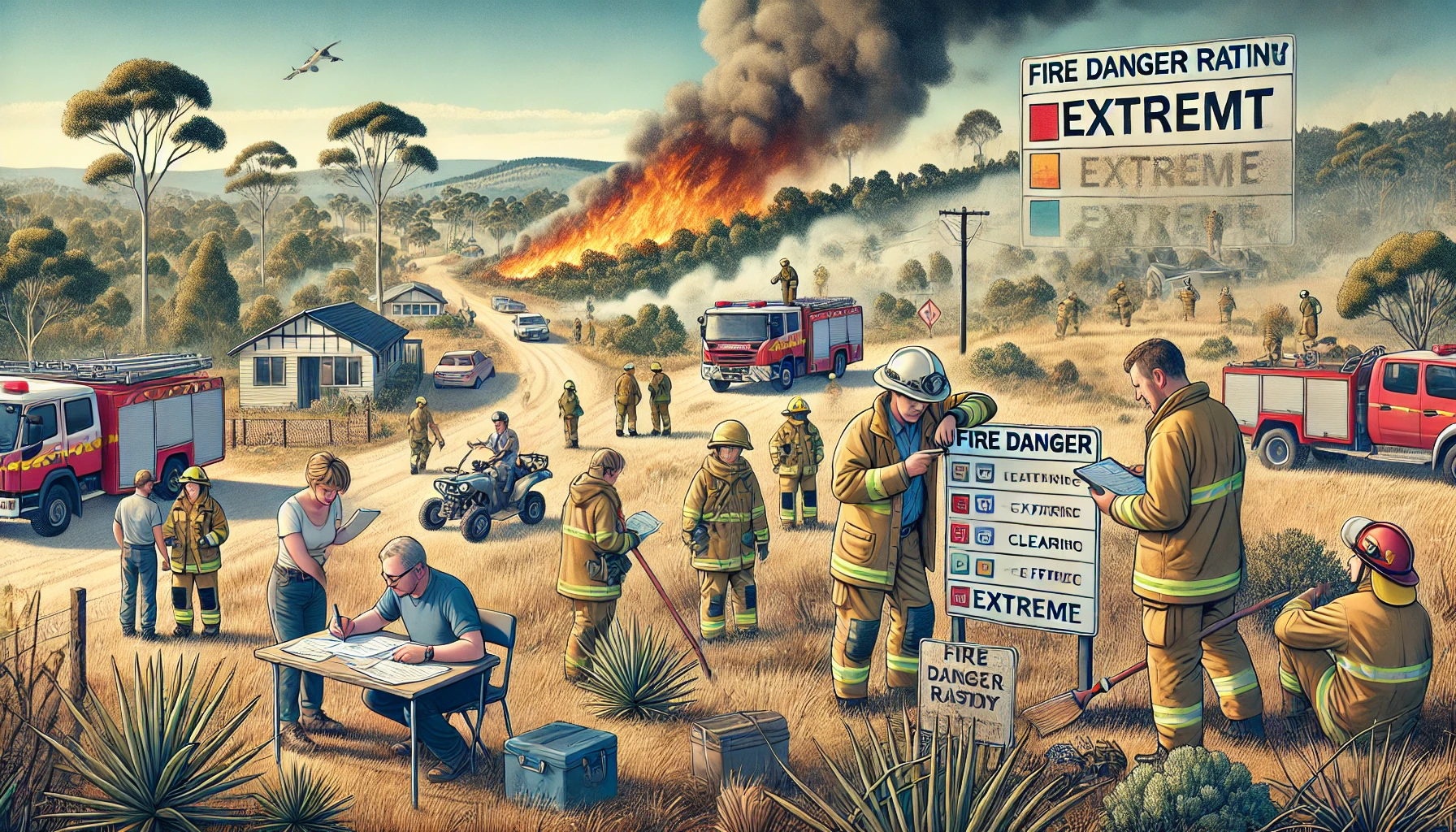
Fire safety is a critical concern for both firefighters and the broader community, particularly in regions prone to bushfires. With Australia’s diverse landscapes and varying weather conditions, understanding fire danger ratings and fuel management is key to minimizing fire risks. The following key elements are derived from essential fire safety guides and reports, offering a comprehensive overview of fire danger ratings, fuel assessments, and safety measures for firefighters and the community.
Fire Safety for Firefighters and the Community
The Australian Fire Danger Rating System (AFDRS) serves as a critical tool to help communities understand their level of fire risk based on weather conditions, vegetation, and fuel loads. The system is used across different states, including Victoria, New South Wales, and Western Australia, and it rates fire risk on a scale from Moderate to Catastrophic. These ratings guide both community actions and firefighting strategies.
Moderate to High: Indicates that fires can be controlled, but precautions should still be taken. This includes clearing vegetation around homes and ensuring that fire plans are in place.
Extreme and Catastrophic: Fires are likely to spread rapidly and be uncontrollable, threatening lives and property. In these conditions, evacuation or extreme vigilance is required, with firefighters prioritizing life-saving actions over property protection.
It is essential for all community members to be aware of the current fire danger rating and to understand what actions they should take. The CFA Victoria highlights the importance of being familiar with your fire danger district, as conditions can vary significantly within a region.
Fuel Management and Fire Behavior
Fuel loads, particularly in forested and rural areas, play a significant role in fire behavior. Reports from Forest Fire Management Victoria and DFES Western Australia emphasize the need for regular fuel assessments to reduce fire intensity. Fuel, in the context of bushfires, includes any flammable vegetation or material that can burn during a fire event. Managing fuel loads through controlled burns, mechanical clearing, and careful land management reduces the risk of high-intensity fires.
Overall Fuel Hazard Assessments help land managers, including firefighters, gauge the fire potential in an area. This assessment focuses on the availability of fine fuels (such as dry grass and leaves) that easily ignite and contribute to rapid fire spread. Fuel management programs also address the moisture content of vegetation, which significantly impacts fire danger. Dry seasons exacerbate fuel hazards, necessitating increased readiness among firefighting teams.
Community and Firefighter Preparedness
For communities and firefighters, preparing for fire emergencies involves proactive risk management and action plans. Bushfire Management Plans, as outlined in guidelines for community service providers, stress the importance of:
- Evacuation routes and fire shelters for community members, especially in high-risk zones.
- Ensuring all buildings, especially those hosting vulnerable populations such as schools and childcare centers, have appropriate fire safety infrastructure in place, such as clear exits, fire suppression systems, and emergency drills.
- Firefighters are trained to use early warning systems and weather prediction models to anticipate fire behaviors and make strategic decisions about resource allocation and response times.
The Role of Science in Fire Danger Prediction
The Australian Fire Danger Rating System (AFDRS) is continually improving, incorporating advances in weather forecasting, fire behavior modeling, and probabilistic frameworks. Scientific research has led to better prediction models that account for variables such as wind, temperature, and humidity, which are crucial in assessing fire danger on any given day. This system assists both firefighters and the general public by providing more accurate and timely fire danger ratings.
Conclusion: A Joint Responsibility
Fire safety is a shared responsibility between firefighters, land managers, and community members. By understanding fire danger ratings, managing fuel loads, and preparing for emergencies, everyone can contribute to minimizing the impact of bushfires. Firefighters play a crucial role in protecting communities, but individual preparedness and awareness are equally important. Stay informed, stay prepared, and work together to mitigate the risks of fire in your area.
Firefighters and community members should regularly consult trusted sources like CFA Victoria, NSW RFS, and Forest Fire Management Victoria for the latest fire danger updates and safety recommendations.
